|
Travel with us The French Connection: S. H. Raza at Paris' Centre PompidouEditorial Team March 01, 2023 In February, Paris' Centre Pompidou—a premier centre for modern art since its construction in 1977—mounted an extensive solo show looking back at S. H. Raza’s career in painting. It represents a historic moment for Indian modern art’s international story as it unfolded over the twentieth century, and also marked Raza's own symbolic return to the place where he stayed for most of his working life. The fertile post-independent period saw cross-cultural connections being forged by Indian artists in Europe and America on their own terms and this show is a testament to Raza’s evolving encounters with land and mythology. The curators, Catherine David and Diane Toubert, spoke to DAG highlighting some of the takeaways from this major retrospective. |
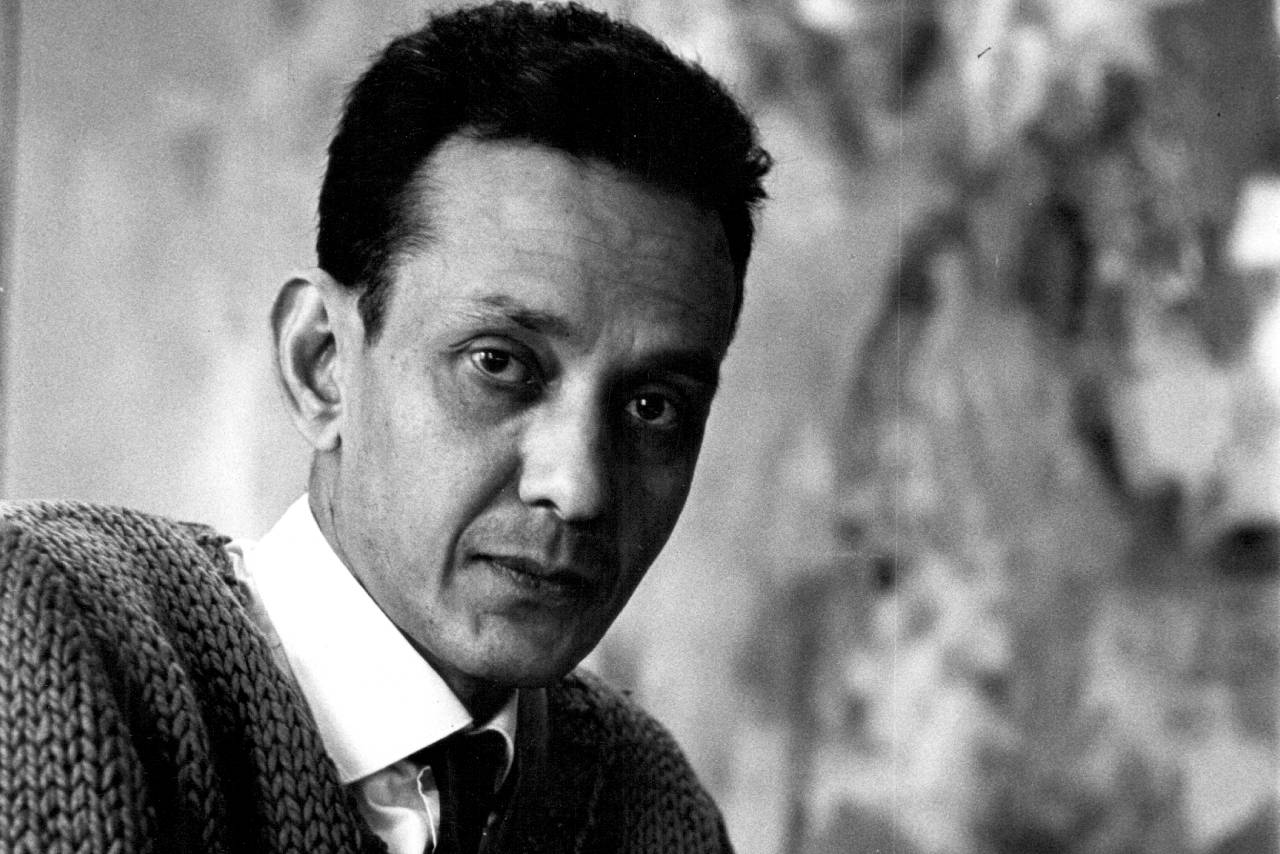
S. H. Raza 1960 (detail)
Image courtesy Centre Pompidou, photograph by André Morain
|
'S. H. Raza had many fellow-travellers in the world of Indian modern art, such as Akbar Padamsee and F. N. Souza, both of whom also spent long years abroad in Europe and America.' - Catherine David and Diane Toubert, curators of 'Sayed Haider Raza' at Centre Pompidou |
|
F. N. Souza Untitled, 1987 Oil on canvas |
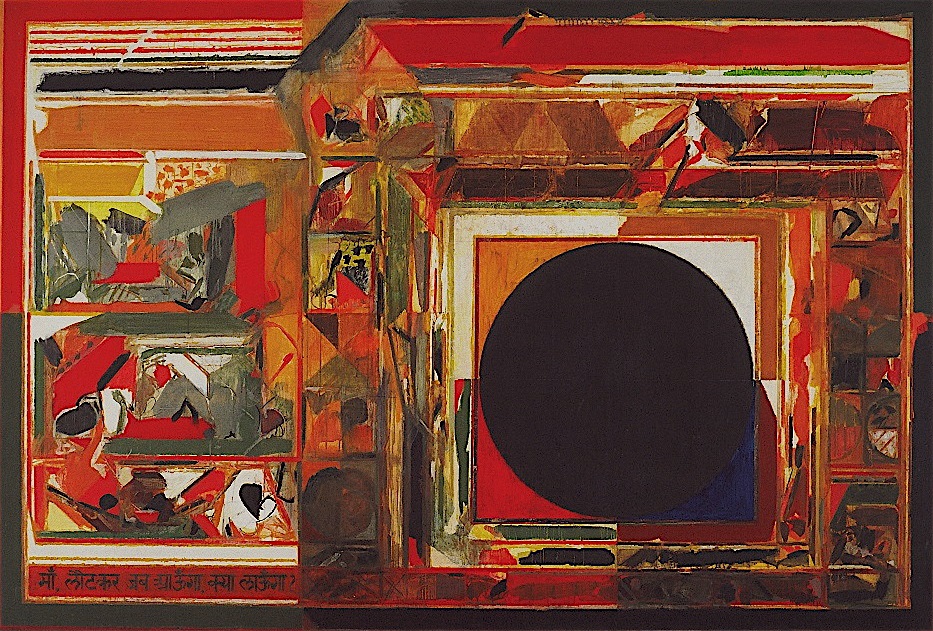
S. H. Raza
Maa, 1981
Oil on canvas
Private Collection, all rights reserved. Adagp, Paris 2022, The Raza Foundation
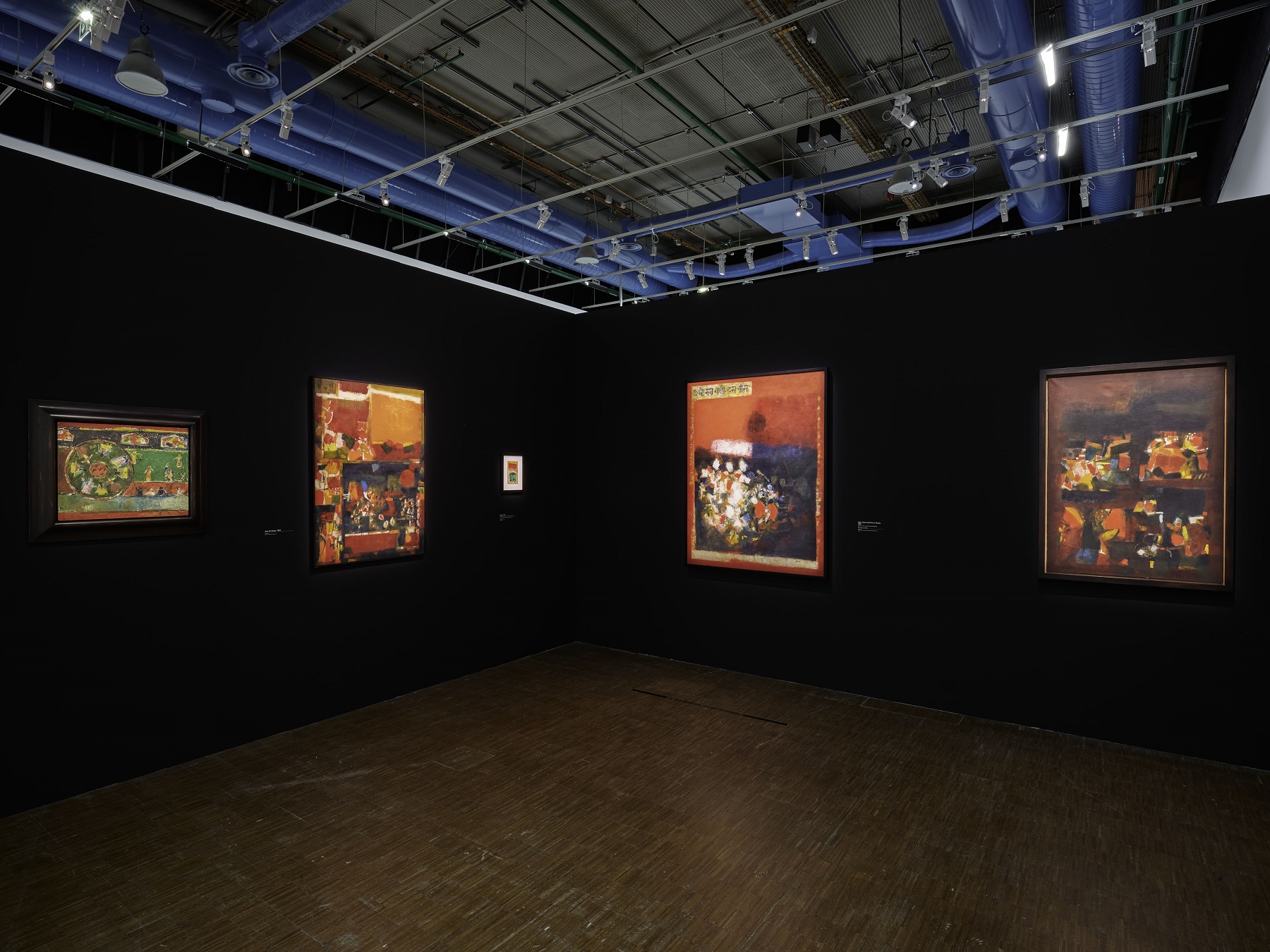
Image courtesy: Centre Pompidou, photographer: Bertrand Prévost
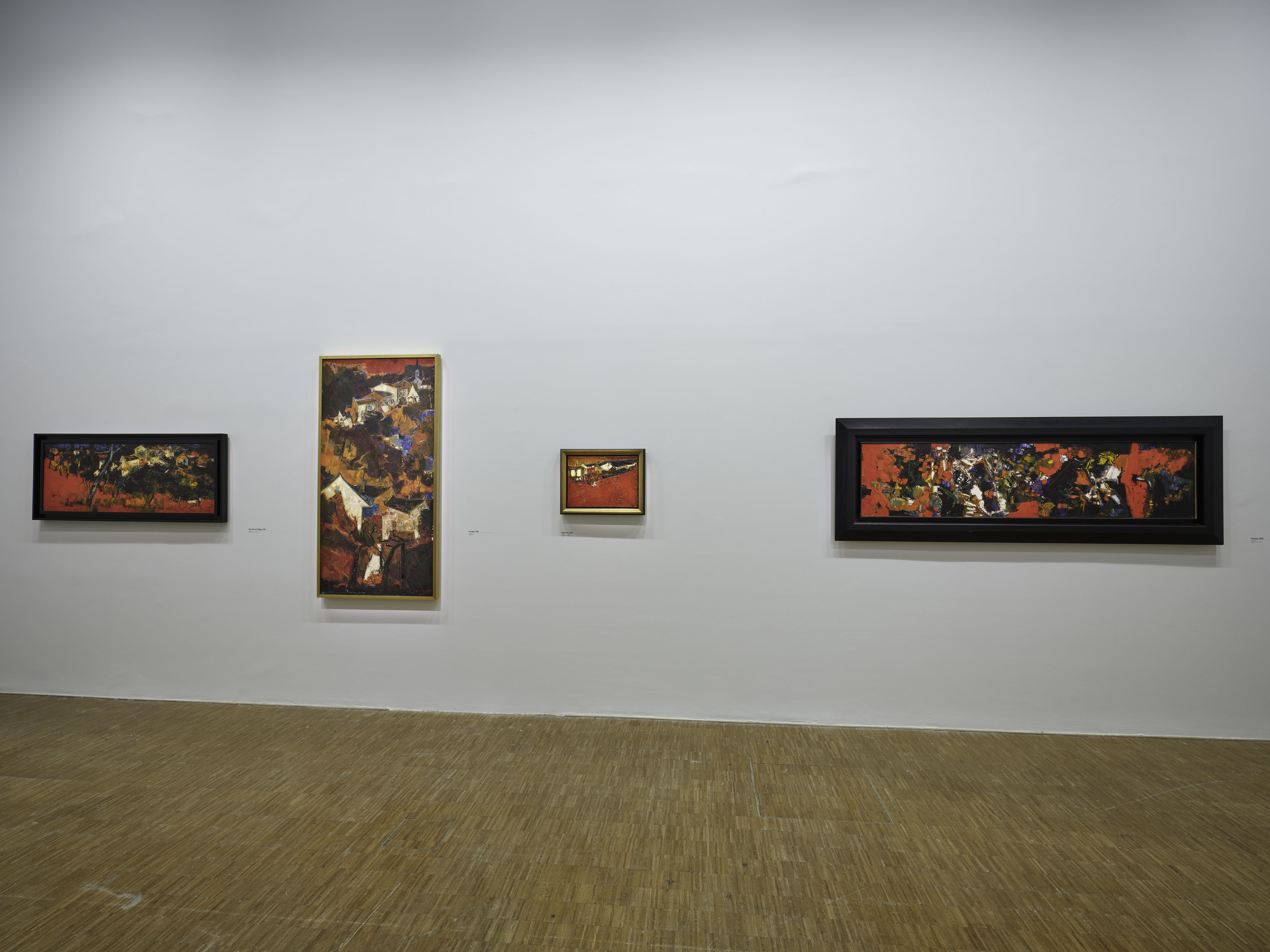
Image courtesy: Centre Pompidou, photographer: Bertrand Prévost
On Indian Modern Artists in a global contextLike many Indian artists of his generation such as Akbar Padamsee, Krishna Reddy, Jean Bhownagary, Ram Kumar, S.H. Raza had a Parisian experience. But unlike them, he settled in Paris for sixty years (1950-2010), working and living in France and regularly visiting India from 1959 on. In that sense his experience meets the trajectory of F.N. Souza, temporarily living in London before moving to New York like Natvar Bhavsar or Mohan Samant. The exhibition is dedicated to this shared specificity of cross-referenced views on Indian and Euro-American artistic contexts. The stakes of post-independent modernity in India seems easier to read for a French audience—which is still largely unaware of Indian modernity’s diverse forms and specific contexts—when they are paired with familiar markers such as the Euro-American history of abstraction. |
|
'Raza is one of the many non-Euro-American modern artists who developed their practices Independently or beyond self-proclaimed centers of modernity and needs to be introduced into the until recently restricted canonical modern and its icons or fetishes.' - Catherine David and Diane Toubert |
|
Vincent van Gogh Field with Poppies, 1889 Image courtesy: Wikimedia Commons |
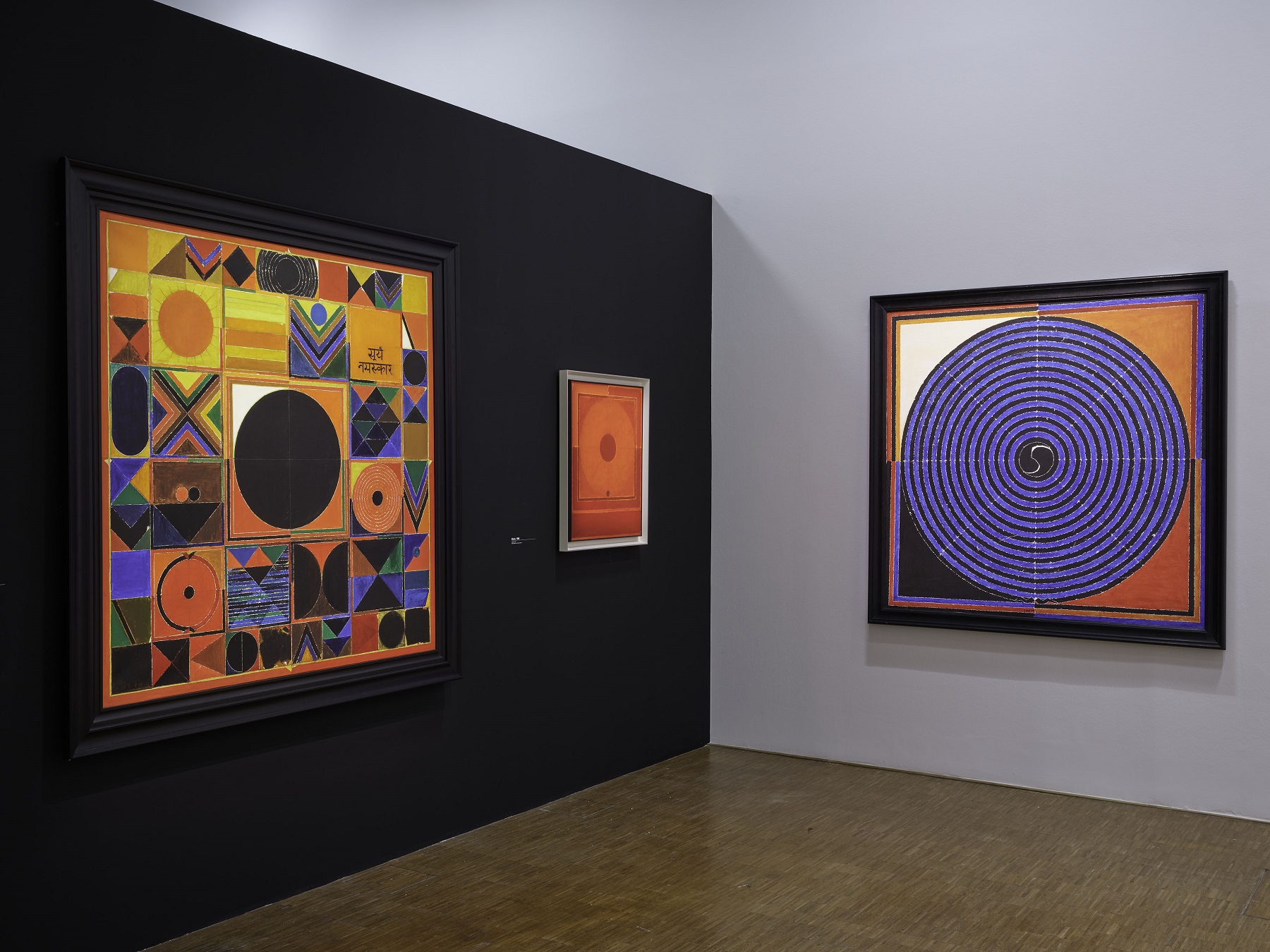
Image courtesy: Centre Pompidou, photographer: Bertrand Prévost
On Raza and global art formationsHis beginnings as a member of the Progressive Artists’ Group (P. A. G.) signals a relationship with major artistic centers in Mumbai and Paris. His years of training illustrate the effervescent artistic and political climate of 1940s Bombay (Mumbai) in an economic context marked by the porosity between commercial activity and artistic research, and the opening of the first modern art galleries. Having moved to Paris in 1950, Raza dedicated his formal research to a geometric rendition of landscape in an expressive manner that is simultaneously reminiscent of Bernard Buffet, Van Gogh, Gauguin and Francis Newton Souza, a fellow member of the P.A.G. whom he encountered again in Paris. He met gallerist Lara Vincy, who represented him as early as 1955 and worked steadily to promote his recognition. |
|
Wifredo Lam in his studio, 1964 Image courtesy: Wikimedia Commons |
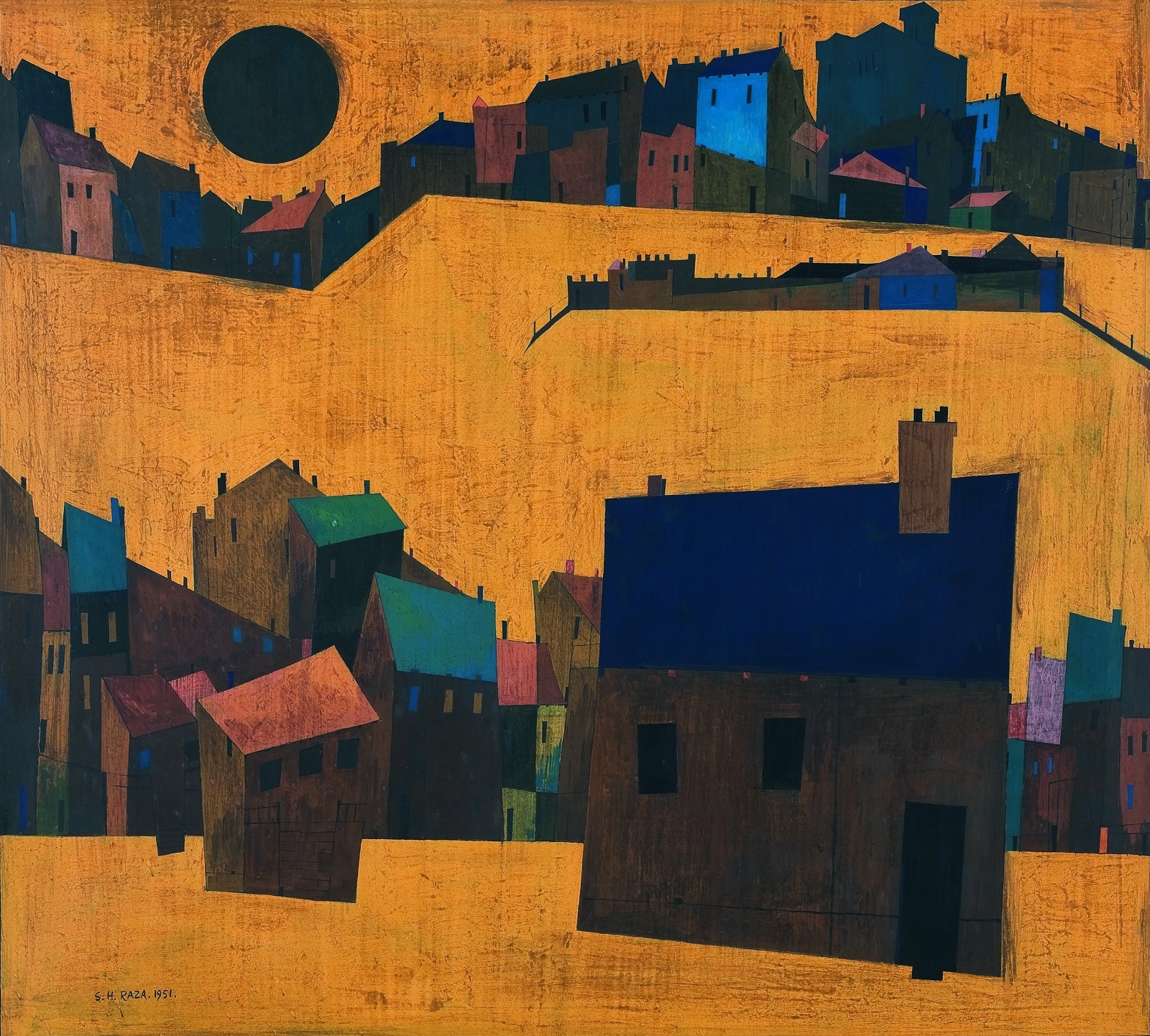
S. H. Raza
Haut de Cagnes, 1951
Gouache on paper, The Darashaw Collection
Adagp, Paris 2022, courtesy: The Raza Foundation

Image courtesy: Centre Pompidou, photographer: Bertrand Prévost
On Raza’s processes of identificationThere is no ‘identity’ but complex, paradoxical and unfinished processes of identification in Raza’s œuvre. What appears to be relevant are not the 'roots’ that are always a product of fantasy but the routes a subject is taking and eventually choosing. Raza’s life and experience, the continuous processes of attachment and detachment which characterizes his relation not to the land, but to the world (which is the same word in French, La Terre, the title of a major series of paintings by Raza), is close to the one of Tricontinental artists such as Wifredo Lam (1902 - 1982), who came from Cuba and lived in Paris. |
|
Paul Gauguin (1848-1903) The Hibiscus Tree (Te burao)(detail), 1892 Image courtesy: The Art Institute of Chicago, rawpixel and Wikimedia Commons |
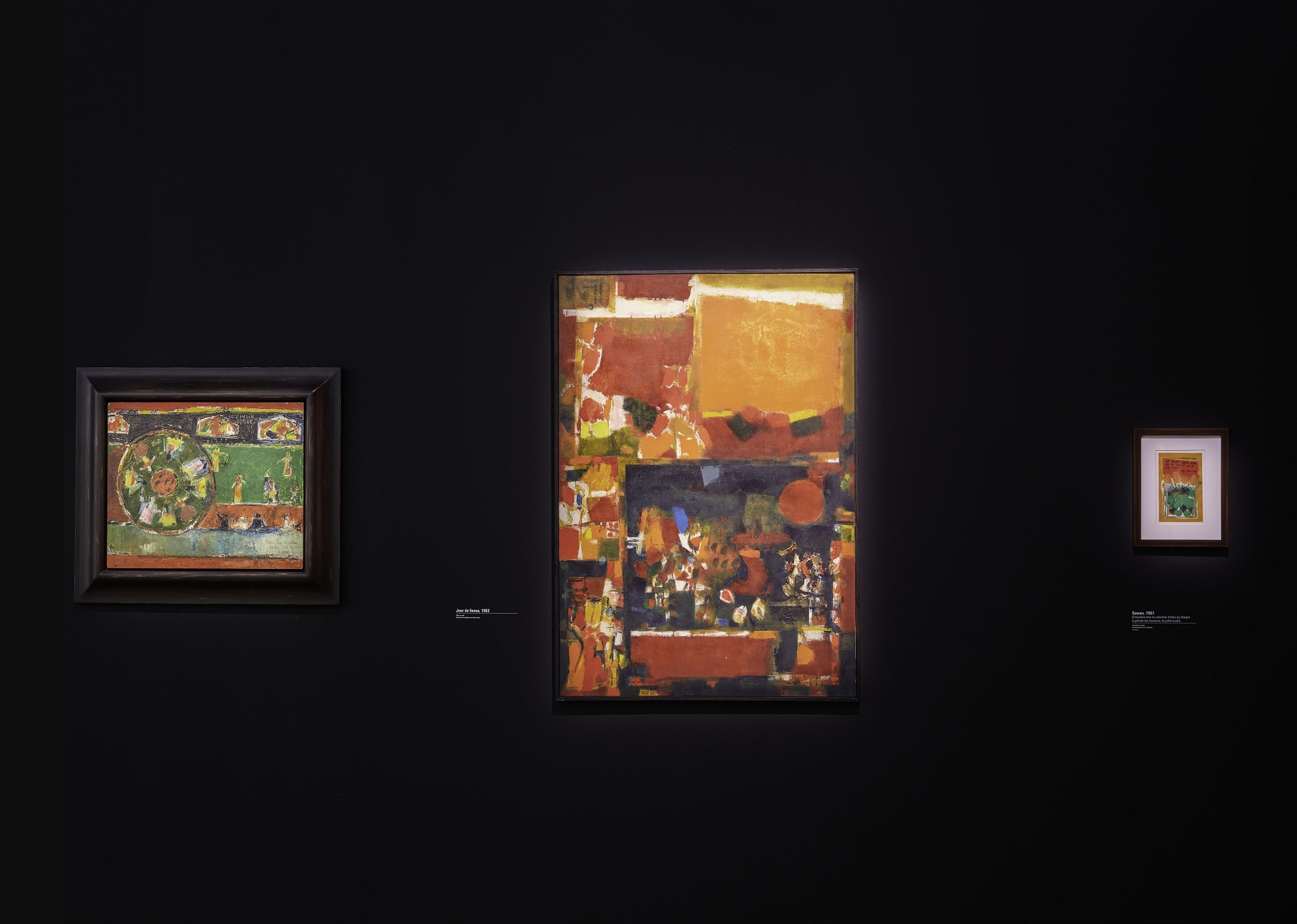
Image courtesy: Centre Pompidou, photographer: Bertrand Prévost
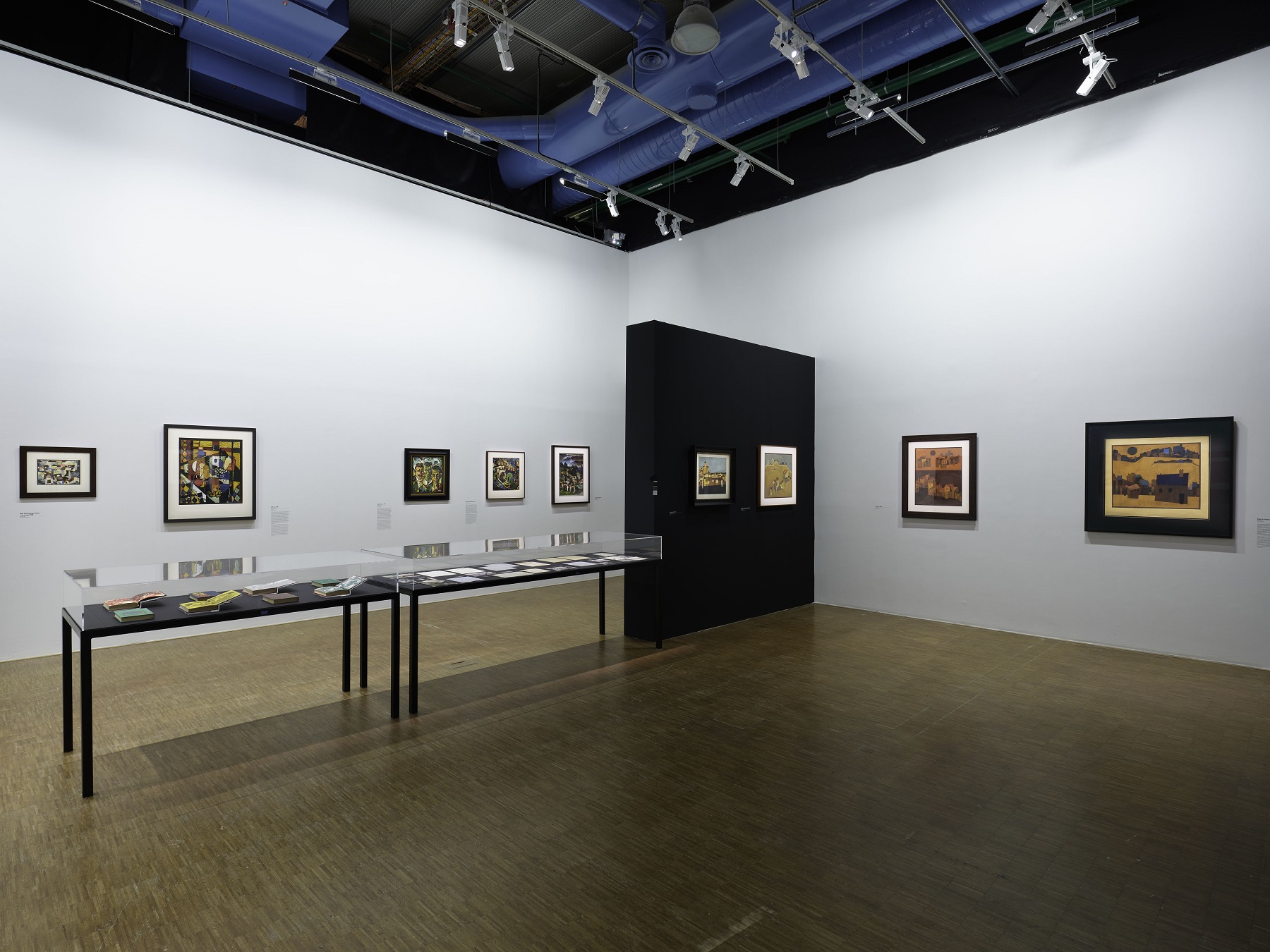
Image courtesy: Centre Pompidou, photographer: Bertrand Prévost
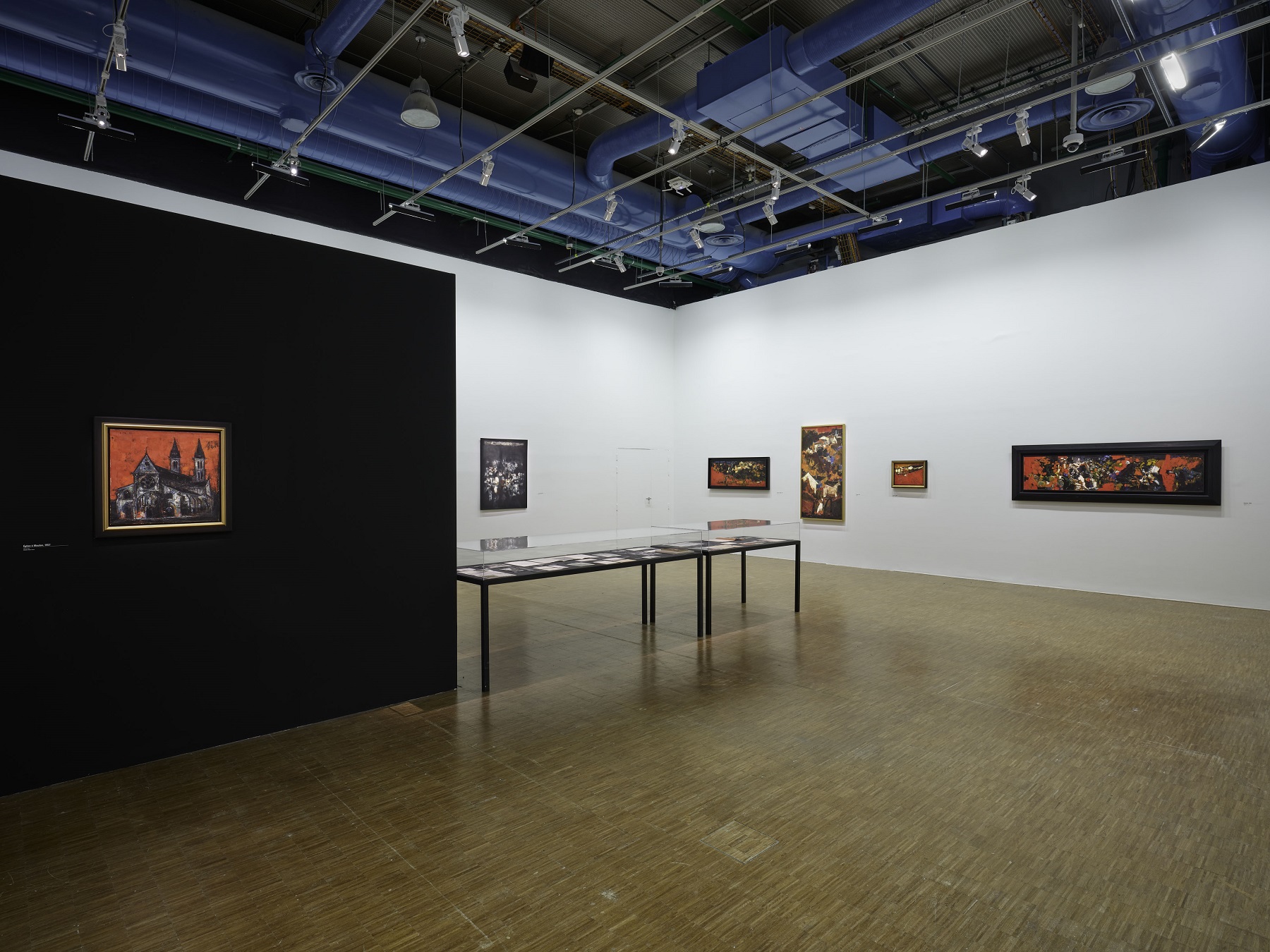
Image courtesy: Centre Pompidou, photographer: Bertrand Prévost
On Interpreting Raza and the curatorial challengeThe challenge was to avoid derivative misreadings and misinterpretation. For example, in front of the series of churches painted by Raza in the mid-fifties, one can think of Bernard Buffet, Van Gogh, Gauguin, but shouldn’t forget about Raza’s dialogue at the time with Souza and his iconoclast and tortured visions of christian iconography. Coming across Raza’s experimentations on the nude, the dialogue with Souza, Padamsee, Kumar and (M. F.) Husain and the stake of figurative-narrative and nude painting in Indian context is important to highlight as well. We provided the usual bio and art-historical information to the audience for better clarity. |
|
The stages marking the development of Raza's oeuvre are presented in chronological order in the exhibition, providing reference points for understanding the complexity of the Indian modern project from the 1950s to the 1990s, and the issues defining the globalised space of contemporary creation. The show runs from 15 February—15 May, 2023 at Centre Pompidou, Paris. |
|
|


